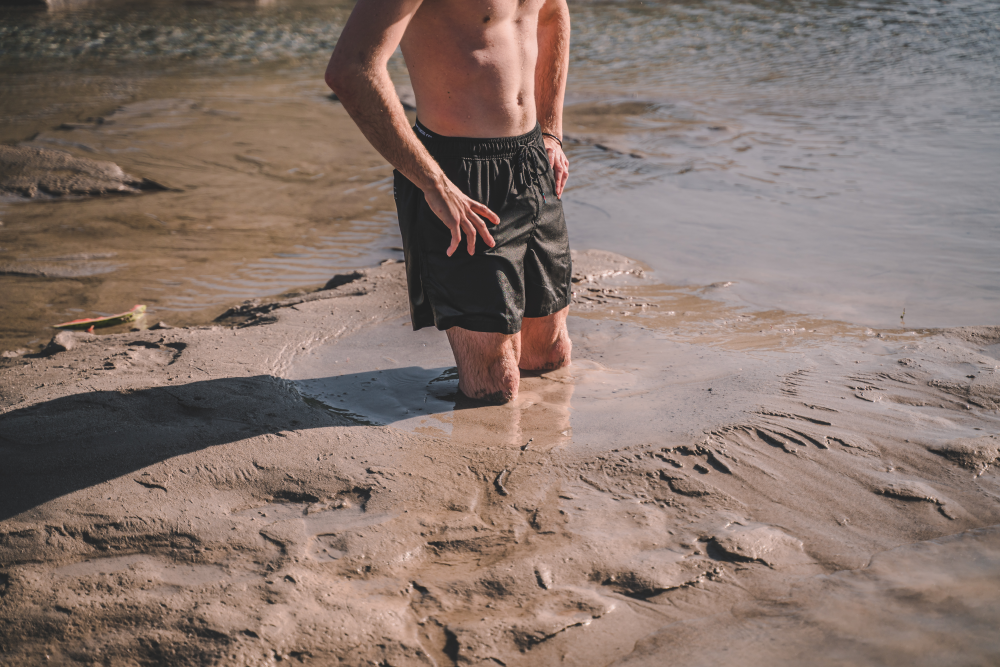Building sandcastles is one of the great joys of a day at the beach, but when you’re sourcing building materials it’s vitally important you don’t go digging giant holes. Why? Because statistics suggest that suffocating in the sand may be a bigger killer than shark attacks.
The threat of sand suffocation comes down to the way it behaves when we stack it into heaps and create slopes made up of lots of moveable parts. According to The Conversation, most dry sand is stable up until a slope of around 33 degrees – which is known as its angle of repose – beyond which, it becomes unstable.
The angle of repose may be greater if the sand is wet, but as it dries, it’ll drop down – meaning that great wall of quartz you’ve just stacked up could easily come tumbling down. That means the secure hole you created when the sand was wet can become very dangerous as it dries in the Sun, eventually collapsing on top of anyone who’s inside.
Unlike avalanches that can form life-preserving air pockets for people trapped inside, collapsing sand fills every available space, meaning you have a matter of minutes to rescue someone before they suffocate. The most important first step is to try and create an airway by exposing the mouth of anyone trapped, but the safest way to retrieve them is to put out a plank and lower special tools to get them out. It’s not exactly the sort of thing you pack in your picnic bag, meaning for the average person enjoying a day at the beach, the chances of rescuing a loved one trapped in sand can be slim.

A lot of us are more scared of quicksand than we realistically need to be.
Image credit: William Visuals / Shutterstock.com
The news that dry sand can be so deadly might be surprising for anyone who watched movies in the 1980s or 90s, and has likely spent most of their life thinking quicksand was going to be a much bigger problem than it turned out to be. Wet sand can be dangerous, but it’s actually quite difficult for a human to become completely submerged.
Quicksand is a sludgy solution that can be made of any fine granular material, like sand, silt, or clay. When mixed with just the right quantity of water, it starts to look like a solid, but behaves like a semi-viscous liquid.
It can act as a non-Newtonian fluid, which means if you punch it, it’ll look more solid and less sticky, but if you walk slowly across it, you’ll sink. If you then try to pull out your limbs with sharp, sudden movements, it’ll react similarly to being punched, becoming more solid and less like a sticky liquid. This is why people get stuck.
Fortunately, you’re unlikely to go all the way under as a 2005 Nature paper found humans are about half the density of quicksand. This means you’re more likely to float provided you don’t struggle too much and accidentally bury yourself.
“A person trapped in salt-lake quicksand is not in any danger of being sucked under completely,” reads the study. “Any unfortunate victim should sink halfway into the quicksand, but could then take solace from the knowledge that there would be no risk of being sucked beneath the surface.”
Your best bet should you wind up in such a sticky situation is to ditch any heavy items like rucksacks, then lean back so that your weight is more evenly distributed across the quicksand making it easier to get out.
So, you probably don’t need to lose any more sleep over quicksand, but don’t go digging any holes.
Source Link: Why You Really Shouldn’t Dig Holes On The Beach